Home>Storage Ideas>Living Room Storage>Family Living Room Ideas: 10 Tips For A Kid-friendly Space
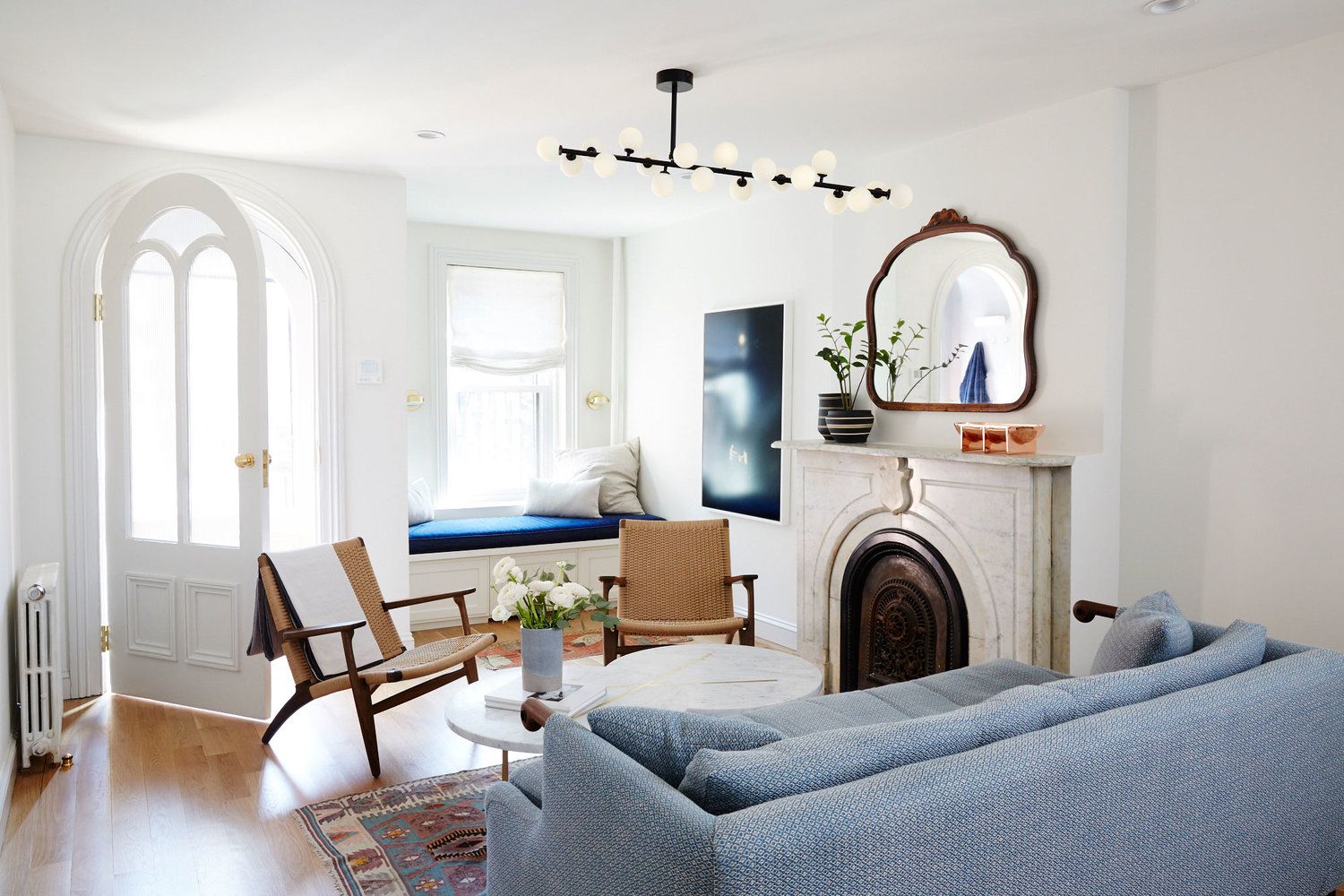

Living Room Storage
Family Living Room Ideas: 10 Tips For A Kid-friendly Space
Modified: January 18, 2024
Transform your living room into a kid-friendly haven with these 10 storage ideas. Create a clutter-free space with our expert tips for living room storage.
(Many of the links in this article redirect to a specific reviewed product. Your purchase of these products through affiliate links helps to generate commission for Storables.com, at no extra cost. Learn more)
Introduction
Welcome to the world of family living rooms, where comfort, functionality, and style come together to create a space that meets the needs of both adults and children. The living room is often the heart of the home, where families gather to relax, entertain, and spend quality time together. With kids in the mix, it’s important to design a space that is not only visually appealing but also practical and kid-friendly.
In this article, we will provide you with 10 tips to help you create a kid-friendly living room that strikes the perfect balance between functionality and style. From choosing durable furniture to incorporating safe and interactive elements, these tips will ensure that your living room becomes the go-to space for your entire family.
So, let’s dive in and explore the wonderful world of family living rooms!
Key Takeaways:
- Create a kid-friendly living room by choosing durable furniture, stain-resistant fabrics, and ample storage solutions. Incorporate playful decorative accessories and safe flooring options to foster a space that balances style and functionality.
- Prioritize safety with childproofing measures, versatile seating options, and designated kid-friendly zones. Encourage play and creativity through reading nooks, arts and crafts stations, and open floor space to create a space that nurtures children’s growth and imagination.
Choose Durable and Easy-to-Clean Furniture
When it comes to creating a kid-friendly living room, one of the first things to consider is the type of furniture you choose. Kids are notorious for spills, stains, and rough play, so it’s essential to select furniture that can withstand their energy and is easy to clean.
Opt for materials that are durable and resistant to wear and tear. For example, leather or faux leather upholstery is a great choice as it is easy to wipe clean and can handle spills and messes. Similarly, microfiber or stain-resistant fabrics are also ideal options as they repel stains and are relatively easy to clean.
Choose furniture with sturdy frames and reinforced corners to withstand playful roughhousing. Look for sofas and chairs with removable and washable cushion covers. This will allow you to easily clean any messes or spills without worrying about permanent stains or damage.
In addition to durability, consider the comfort factor. Look for furniture that offers ample cushioning and support, so both adults and children can relax and enjoy the space. Think about incorporating furniture with built-in storage options, such as ottomans with hidden compartments or coffee tables with drawers. This will not only provide extra storage for toys and games but also help keep the living room organized and clutter-free.
Remember, the key to a kid-friendly living room is finding the right balance between functionality, durability, and style. By choosing furniture that can withstand the demands of everyday family life, you’re setting yourself up for a space that can stand the test of time.
Opt for Stain-Resistant Fabrics
When designing a kid-friendly living room, it’s important to consider fabrics that can resist stains and spills. Children have a knack for accidentally spilling drinks or getting messy while eating, so choosing stain-resistant fabrics can save you a lot of time and effort when it comes to cleaning up.
Look for fabrics that have a protective layer or coating that repels liquids and prevents them from seeping into the fabric fibers. Microfiber and Crypton are two popular choices that offer excellent stain resistance. Microfiber is known for its ability to resist stains and is easy to clean, making it an ideal choice for upholstery. Crypton fabric, on the other hand, is engineered to be stain-resistant, water-resistant, and odor-resistant, making it a great option for families with young children.
In addition to stain resistance, consider choosing fabrics that are also easy to clean. Fabrics that are machine washable or have removable and washable slipcovers are ideal for families with kids. This way, you can easily toss the covers into the washing machine and have them looking fresh and clean in no time.
It’s also a good idea to opt for fabrics in darker colors or with patterns that can help camouflage any potential stains or spills. This way, minor mishaps won’t be as noticeable, and you won’t have to stress about every little mark on your furniture.
Remember to check the manufacturer’s instructions on cleaning and caring for the fabric to ensure you maintain its stain resistance properties. Following the recommended cleaning guidelines will help prolong the life of your furniture and keep it looking its best.
By opting for stain-resistant fabrics, you can have peace of mind knowing that your living room furniture is protected against accidental spills and stains. Plus, it will make your life a whole lot easier when it comes to maintaining the cleanliness and appearance of your furniture.
Create Ample Storage Solutions
A kid-friendly living room often means having plenty of storage options to keep toys, books, and other belongings organized and out of sight. Clutter can quickly accumulate in a space where children play, so it’s important to incorporate ample storage solutions into your living room design.
Consider investing in furniture pieces that serve a dual purpose by providing both seating and storage. For example, ottomans or benches with storage compartments can be used as extra seating when needed, while also allowing you to store toys, blankets, and other items inside. This not only maximizes space but also keeps the room tidy and free from tripping hazards.
Add shelves or bookcases to the living room to store books, board games, and other items. Open shelves are great for displaying toys and decorative accessories, while closed cabinets can help keep clutter out of sight. You can even use decorative baskets or bins on the shelves to organize smaller items.
If space allows, consider incorporating a designated play area with built-in storage. This can be a playroom nook or a dedicated corner in the living room where children can have their toys and play freely. Utilize storage cubbies, bins, or built-in cabinets to store toys, art supplies, and games. This way, everything has its place and can be easily accessed and put away when not in use.
Don’t forget about vertical storage options as well. Install hooks or a coat rack on the wall for hanging backpacks, coats, and hats. This not only keeps the living room floor clear but also encourages kids to develop good organizational habits.
Having ample storage solutions in your living room not only helps in keeping the space organized but also teaches children the importance of tidiness and responsibility. Plus, it can be a great way to incorporate stylish and functional pieces into your overall design scheme.
Use Kid-Friendly Decorative Accessories
Creating a kid-friendly living room doesn’t mean sacrificing style. You can still maintain an aesthetically pleasing space while incorporating decorative accessories that appeal to children. By choosing kid-friendly decorative accents, you can add a playful touch to your living room design.
Start by selecting wall art that resonates with both adults and children. Opt for colorful and vibrant prints or artwork featuring characters from their favorite books or movies. You can also choose decorative wall decals or removable stickers that can be easily changed as your child’s interests evolve.
Incorporate soft and cozy throw pillows and blankets in fun patterns and designs. Look for pillows in the shape of animals or with playful prints that add a touch of whimsy to the room. These accessories not only enhance the overall look of the living room but also provide additional comfort for both children and adults.
Consider adding a playful area rug that incorporates colors, patterns, or designs that appeal to children. A rug with a road map or alphabet print can be both educational and visually stimulating. Make sure to choose a rug that is durable and easy to clean, as it will endure a lot of playtime and potential spills.
Don’t forget about curtains or window treatments. Opt for fabrics that are easy to clean and can withstand little hands tugging on them. You can choose curtains with playful patterns or designs that add a touch of fun to the room.
Lastly, incorporate storage solutions that are not only functional but also visually appealing. Choose storage baskets or bins in bright colors or with cute animal shapes. These can be used to store toys, books, or other items, keeping them organized while adding a playful element to the room.
By incorporating kid-friendly decorative accessories, you can create a living room that is both visually appealing and enjoyable for children. This allows them to feel a sense of ownership and connection to the space, making it a place where they can truly be themselves.
Incorporate Soft and Safe Flooring Options
When designing a kid-friendly living room, it’s important to choose flooring that not only looks great but also provides a safe and comfortable environment for your little ones to play. Hardwood or tile floors may be stylish, but they can be unforgiving when it comes to accidental falls or rough play. Here are some options to consider for soft and safe flooring:
• Carpeting: Wall-to-wall carpeting provides a soft and cushioned surface that reduces the impact of falls and provides a comfortable play area for children. Opt for carpets with stain-resistant properties and use carpet padding for added comfort. However, keep in mind that carpets may require more frequent cleaning and maintenance than other flooring options.
• Area rugs: If you prefer hard flooring surfaces like hardwood or tile, consider adding large area rugs to provide a soft and safe play area. Look for rugs with non-slip backing to prevent slips and trips. Additionally, choose rugs made from natural and non-toxic materials to create a healthy indoor environment.
• Foam flooring: Foam floor mats or interlocking foam tiles are excellent options for creating a safe play space. These mats are soft, shock-absorbent, and easy to clean. They come in various colors and designs, allowing you to customize the flooring to match your living room decor. Foam flooring is also a great option for families with babies who are just starting to explore crawling and walking.
• Cork flooring: Cork is a natural and eco-friendly material that offers both softness and durability. It provides a cushioned surface that is comfortable for both children and adults. Cork flooring is also resistant to scratches and absorbs sound, making it an excellent choice for a kid-friendly living room.
Regardless of the flooring option you choose, make sure to keep it well-maintained and free from hazards. Secure any loose edges or corners of rugs or mats to prevent tripping. Regularly clean and vacuum carpets or rugs to remove dust and allergens.
By incorporating soft and safe flooring options in your living room, you can create a space where your children can play freely, explore, and enjoy their time without worrying about potential injuries or discomfort. It’s a thoughtful and essential consideration for a kid-friendly environment.
Consider using durable and easy-to-clean materials for furniture and decor, such as leather or microfiber sofas, washable slipcovers, and stain-resistant rugs. This will help to create a kid-friendly space that can withstand the wear and tear of family life.
Designate Kid-Friendly Zones
To promote a harmonious living room for both adults and children, it’s essential to designate specific areas that cater to the needs and interests of your little ones. Creating dedicated kid-friendly zones allows children to have their own space to play, learn, and engage in activities, while still being part of the overall living room setup.
Here are some ideas for creating kid-friendly zones:
• Reading Nook: Set up a cozy reading nook with a kid-sized bookshelf, cushions, and a comfortable chair or bean bag. This area can be a peaceful retreat for your child to indulge in their favorite books and enhance their reading skills.
• Craft Corner: Designate a corner or table for arts and crafts activities. Keep supplies such as markers, crayons, coloring books, and craft paper easily accessible for your child’s creative endeavors. Make sure to use washable art supplies to minimize potential messes.
• Play Area: Dedicate a section of the living room as a play area equipped with age-appropriate toys, puzzles, and building blocks. Consider incorporating storage solutions to keep the play area organized and easy to clean up.
• Technology Zone: If your children enjoy screen time, create a designated area for watching movies or playing video games. Keep cords and electronics safely organized and out of reach to prevent accidents.
• Learning Center: Set up a small desk or table with educational materials, such as workbooks, puzzles, and educational games. This area can encourage learning and provide a space for children to complete homework or engage in hands-on learning activities.
Designating specific zones within the living room allows children to have their own space and provides them with opportunities for independent play and growth. It also helps to establish boundaries and teaches them the importance of responsibility in maintaining their designated areas.
Remember to integrate these kid-friendly zones seamlessly into the overall design of your living room. Use colors, patterns, and furniture that blend with the rest of the space to create a cohesive and inviting atmosphere.
By creating designated kid-friendly zones, you not only ensure a functional and organized living room but also foster a sense of independence and creativity in your children.
Consider Versatile Seating Options
When designing a kid-friendly living room, it’s essential to consider the seating arrangements that will cater to the needs of both adults and children. Versatile seating options not only provide comfort but also adapt to different activities and accommodate the entire family.
Here are a few ideas to consider when selecting versatile seating for your living room:
• Sectional Sofa: A sectional sofa offers plenty of seating space for the whole family to gather and relax. Look for a modular or customizable option that can be rearranged to suit different activities or accommodate extra guests. Sectionals with stain-resistant or washable fabric are ideal for families with kids.
• Bean Bags and Floor Pillows: Incorporate bean bags or large floor pillows as additional seating options. These can be easily moved around to create a cozy seating area for kids during playtime or movie nights. Opt for durable materials that are easy to clean.
• Ottomans: Ottomans are versatile pieces of furniture that can serve as extra seating, footrests, or even storage. Look for ottomans with removable tops that reveal handy storage compartments for toys, blankets, or board games.
• Folding Chairs: Folding chairs are practical additions to a kid-friendly living room. They can be easily stored away when not in use and brought out when needed for additional seating during playdates or family gatherings.
• Floor Seating: Consider incorporating floor seating options like large floor cushions, poufs, or low seating benches. These provide a comfortable and casual seating area for children and can be easily stowed away when not in use.
By including versatile seating options in your living room, you not only provide comfortable seating for everyone but also create an adaptable space that can accommodate different activities and preferences. It allows for flexibility in reconfiguring the seating arrangement as needed.
Consider the comfort, durability, and cleaning requirements when selecting seating options. Choose materials that are child-friendly, easy to clean, and resistant to spills and stains. This will ensure that your seating choices can withstand the rigors of family life while still maintaining their aesthetic appeal.
Ultimately, versatile seating options in a kid-friendly living room create a welcoming and functional space where everyone can gather, relax, and make lasting memories together.
Make Safety a Priority
When designing a kid-friendly living room, it’s crucial to prioritize safety to create a secure environment for your children. Paying attention to potential hazards and implementing safety measures will give you peace of mind while your little ones explore and enjoy the space.
Here are some safety considerations to keep in mind:
• Anchor Furniture: Secure heavy furniture, such as bookcases, TV stands, and shelving units, to the wall to prevent tipping accidents. Use anti-tip straps or brackets to anchor them securely and remove the risk of furniture toppling over.
• Cord Management: Keep window blind or curtain cords out of reach of young children to prevent strangulation hazards. Use cord cleats or wind-up devices to keep cords safely tucked away. Additionally, secure any electrical cords or wires to prevent tripping hazards.
• Outlet Covers: Install childproof outlet covers or tamper-resistant outlets throughout the living room to prevent accidental electrical shocks. These covers prevent children from inserting objects into the outlets.
• Fireplace Safety: If you have a fireplace in your living room, install a sturdy fireplace gate or screen to keep children away from the flames and hot surfaces. It’s also essential to establish clear rules and supervision around the fireplace to prevent accidents.
• Rubber Corner Guards: Attach rubber corner guards to sharp furniture edges or corners to cushion any potential collisions. This helps prevent injuries from accidental bumps or falls.
• Baby Gates: If you have crawling babies or toddlers, strategically place baby gates to block off areas that may be hazardous or contain fragile items. This helps create designated safe zones within the living room.
• Smoke and Carbon Monoxide Detectors: Install smoke detectors and carbon monoxide detectors in or near the living room to ensure early detection of any potential threats. Regularly test and replace batteries to keep them functioning properly.
• Clean Up Small Objects: Regularly scan the living room for small objects, such as coins, batteries, or small toys, that can pose a choking hazard to young children. Keep small objects out of reach or store them safely in sealed containers.
It’s important to conduct a thorough safety assessment of your living room and regularly review and update safety measures as your children grow and their needs change. Stay vigilant in identifying and addressing potential safety hazards to create a safe and secure environment for your family.
By making safety a priority in your kid-friendly living room, you can enjoy peace of mind knowing that your children can explore and play in a secure space while minimizing the risk of accidents or injuries.
Use Childproofing Measures
Childproofing your living room is essential in creating a safe and secure environment for your little ones. Childproofing measures help prevent accidents and protect children from potential hazards within the living space. By taking proactive steps to childproof, you can ensure that your kid-friendly living room remains a safe haven for your children.
Here are some childproofing measures to consider:
• Cabinet Locks: Install childproof locks or latches on cabinets and drawers to prevent children from accessing cleaning products, sharp objects, or other potentially dangerous items. Ensure that hazardous substances are stored out of reach or in locked cabinets.
• Outlet Covers: Place outlet covers or safety plugs on all unused electrical outlets to prevent curious fingers from coming into contact with live sockets. Choose outlet covers that are difficult for children to remove or consider installing tamper-resistant outlets.
• Door and Window Locks: Install childproof locks or use door handle covers to prevent children from wandering outside or entering restricted areas. Place window guards or window stops on windows to prevent falls. Keep blind cords and window treatments out of reach.
• Fireplace Safety: Install a sturdy fireplace gate or screen to create a barrier between children and the fireplace. Use a fireplace door lock or hearth gate to prevent access to hot surfaces.
• Safety Gates: Use safety gates to block off stairways, entrances to other rooms, or any areas that are off-limits to children. Choose gates that are sturdy and securely mounted to prevent tipping or accidental openings.
• Anchoring Furniture: Use furniture anchors or straps to secure heavy pieces of furniture, such as TVs, bookshelves, and dressers, to the wall. This prevents them from toppling over if climbed on or bumped into.
• Soften Sharp Edges: Attach protective corner guards or edge bumpers to sharp furniture corners or edges to prevent injuries from accidental bumps and falls.
• Remove Small Objects: Regularly scan and remove small objects, such as coins, batteries, or small toys, from the living room floor to prevent choking hazards.
• Supervise and Educate: Regularly supervise your children while they play in the living room and educate them about potential hazards and safety rules. Teach them not to climb on furniture, pull cords, or touch electrical outlets.
Remember that childproofing is an ongoing process, and it’s important to reassess and update safety measures as your children grow and develop new abilities. Regularly inspect the living room for potential hazards and make necessary adjustments to maintain a safe environment.
By implementing childproofing measures, you can create a living room where your children can explore, play, and learn in a secure and protected manner.
Encourage Play and Creativity
In a kid-friendly living room, it’s important to foster an environment that encourages play and creativity. The living room can serve as a space for children to explore their imagination, engage in interactive activities, and have fun. By incorporating elements that inspire play and creativity, you can create a living room that sparks joy and supports your child’s development.
Here are some ideas to encourage play and creativity in your living room:
• Create a Cozy Reading Nook: Set up a dedicated reading area with a bookshelf, comfortable seating, and soft lighting. Make a selection of age-appropriate books easily accessible for your children to explore. Encourage reading by providing a variety of genres and themes that cater to their interests.
• Organize a Arts and Crafts Station: Set up a table or art easel where children can engage in artistic endeavors. Supply them with a variety of art materials such as crayons, markers, colored pencils, and paints. Ensure that the materials are non-toxic and washable for easy cleanup.
• Incorporate a Play Kitchen: A play kitchen can ignite your child’s imagination and encourage role-playing. Include play pots, pans, utensils, and plastic food items. This allows children to imitate cooking and engage in pretend play.
• Display a Building Block Station: Dedicate a corner for building blocks or construction toys like LEGO. Having an area for open-ended building activities stimulates creativity and problem-solving skills. Opt for storage solutions that keep the blocks organized and within reach.
• Set Up a Board Game Table: Have a tabletop or small table dedicated to board games and puzzles. Encourage family bonding by participating in fun and educational games that promote critical thinking and teamwork.
• Incorporate a Chalkboard or Whiteboard: Install a chalkboard or whiteboard on one wall of the living room. This provides a space for children to draw, write messages, practice writing, or play educational games like hangman or tic-tac-toe.
• Designate a Movie or Theater Area: Set up a cozy seating arrangement with a TV or projector and a collection of family-friendly movies. This area can be used for movie nights or impromptu performances where children can showcase their creativity and imagination.
• Provide Open Floor Space: Ensure that your living room has ample open floor space for children to play freely. Clear away furniture if needed to create a safe and open area for activities like dancing, yoga, or building forts.
By providing opportunities for play and creativity, you create an environment where children can explore their interests, develop social skills, and enhance their cognitive abilities. It also allows for quality family time and strengthens the bond between parents and children.
Remember to regularly rotate and update the toys, books, and activities available in the living room to keep the environment fresh and engaging for your children.
By embracing play and creativity in your kid-friendly living room, you are fostering an atmosphere that nurtures your child’s personal growth and encourages them to fully express their imagination and talents.
Conclusion
Designing a kid-friendly living room is all about finding the perfect balance between functionality, safety, and style. By implementing the tips provided in this article, you can create a space that caters to the needs of both adults and children, while still maintaining an aesthetically pleasing environment.
From choosing durable and easy-to-clean furniture to incorporating soft and safe flooring options, each aspect of your living room design plays a role in creating a space that is suitable for the whole family. Storage solutions help keep toys and clutter organized, while kid-friendly decorative accessories add a playful touch to the room.
Childproofing measures and safety considerations are paramount to ensure a secure environment for your little ones. By anchoring furniture, using outlet covers, and implementing other safety precautions, you can reduce the risk of accidents and promote a worry-free living room experience.
Encouraging play and creativity is essential for a kid-friendly living room. By providing reading nooks, art stations, and designated play areas, you foster an environment that supports imagination and learning. Additionally, incorporating versatile seating options and considering the preferences and comfort of both children and adults can enhance the overall functionality of the space.
In conclusion, creating a kid-friendly living room requires thoughtfulness and attention to detail. It’s about creating a space where children can play, learn, and grow while still maintaining a stylish and comfortable space for the entire family. By implementing the tips and suggestions shared in this article, you can transform your living room into a haven that meets the needs of both children and adults, and fosters endless memories and moments of joy.
Frequently Asked Questions about Family Living Room Ideas: 10 Tips For A Kid-friendly Space
Was this page helpful?
At Storables.com, we guarantee accurate and reliable information. Our content, validated by Expert Board Contributors, is crafted following stringent Editorial Policies. We're committed to providing you with well-researched, expert-backed insights for all your informational needs.
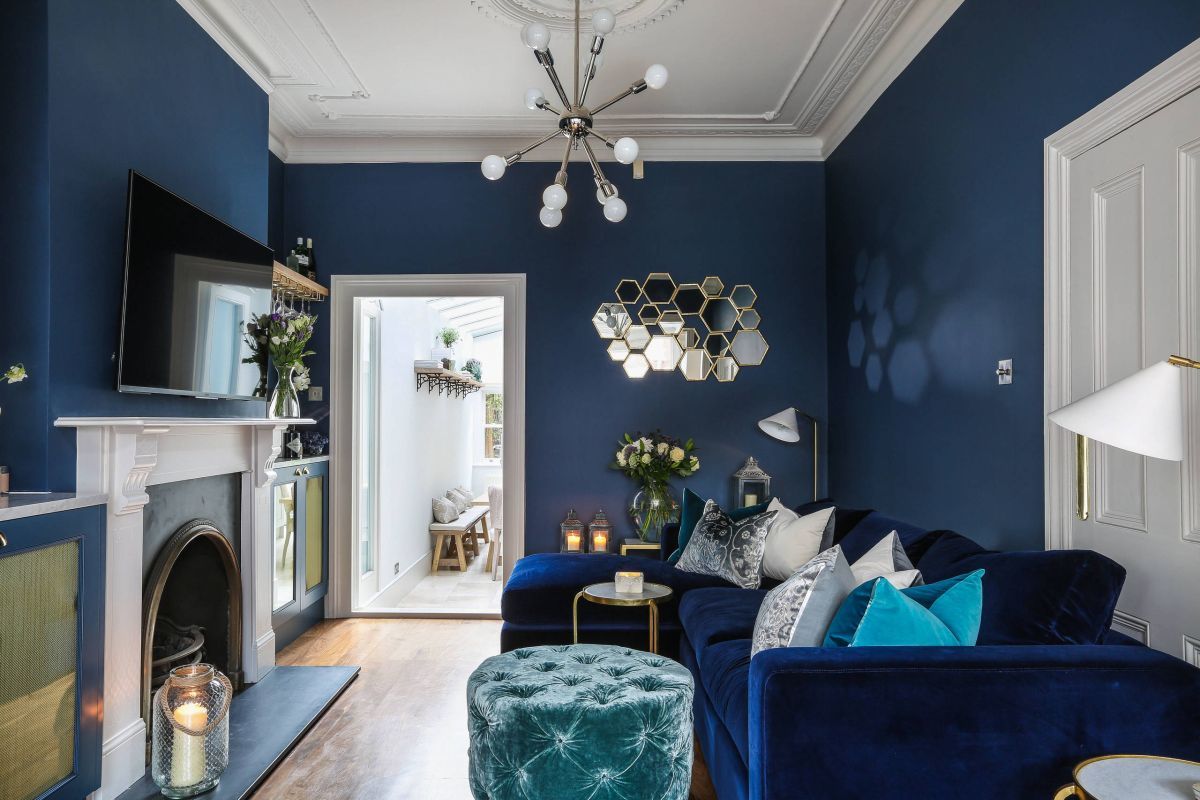

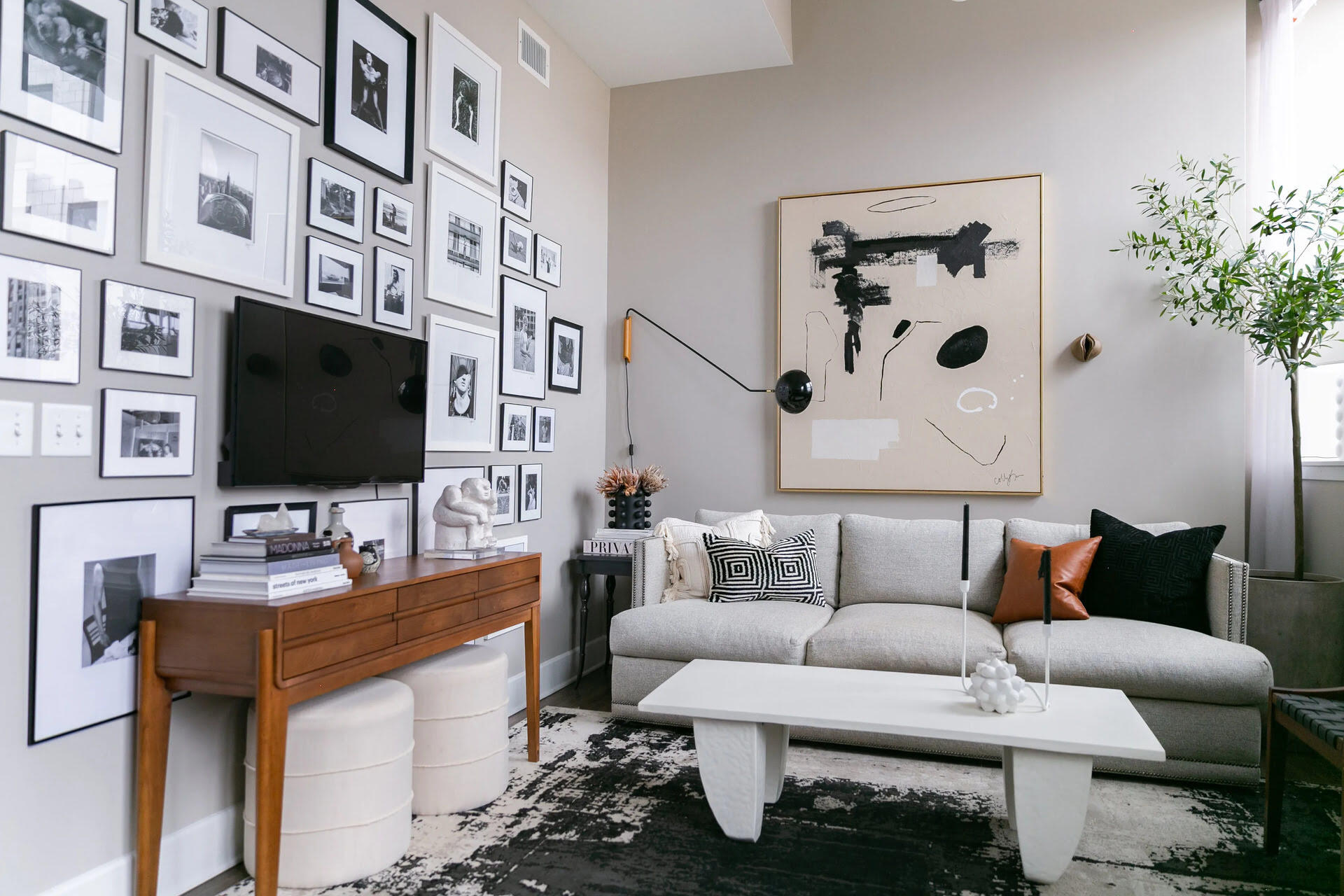

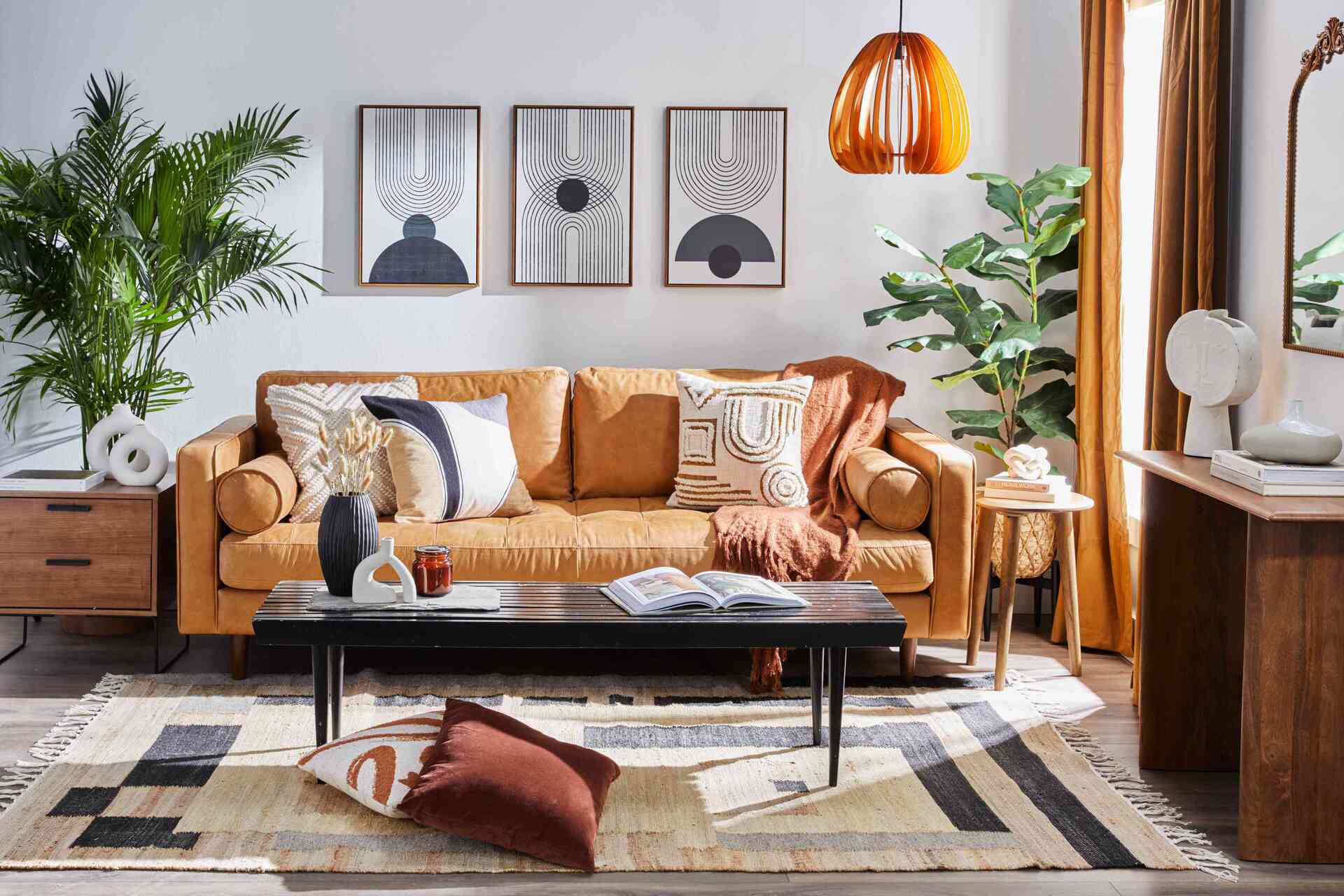
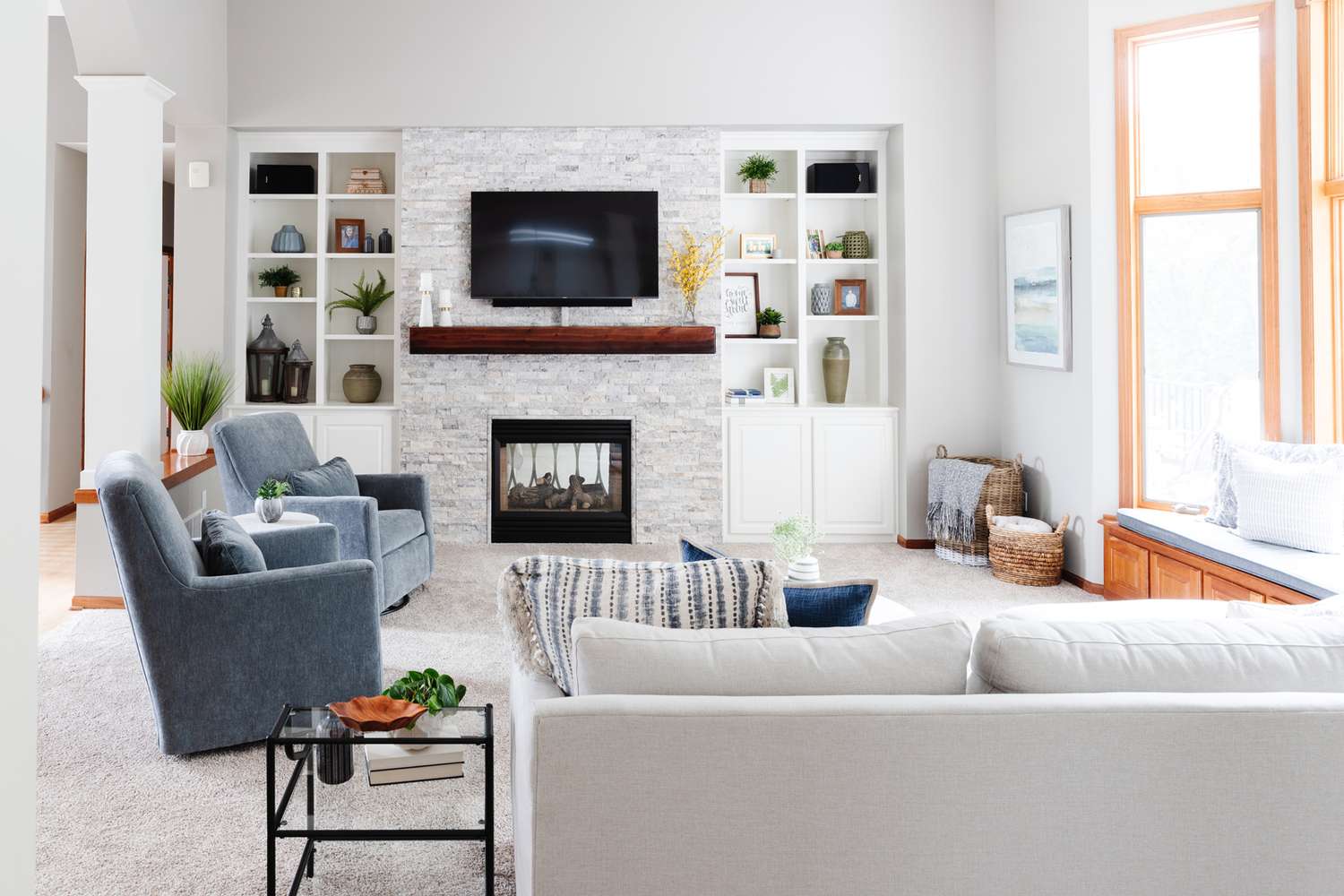
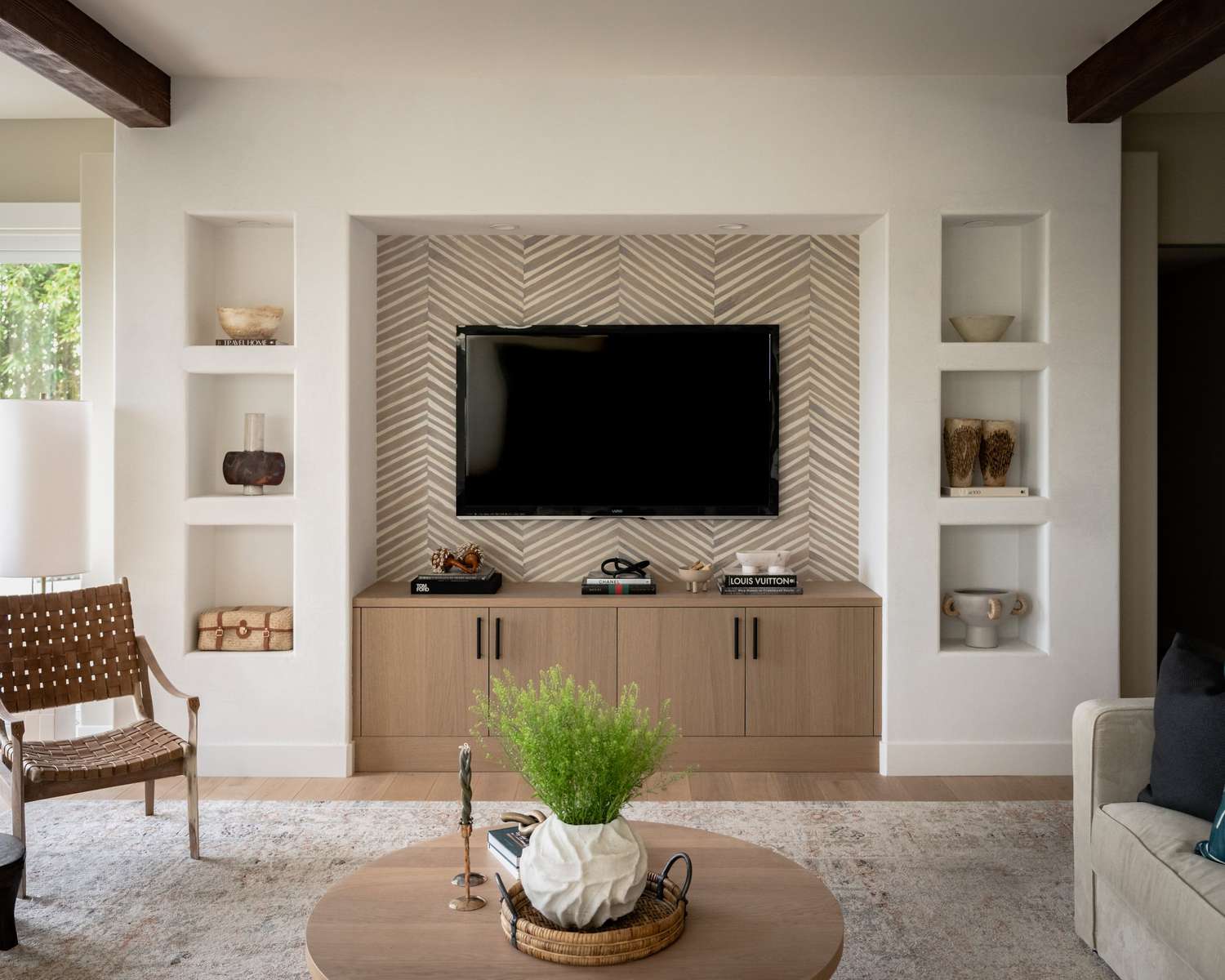
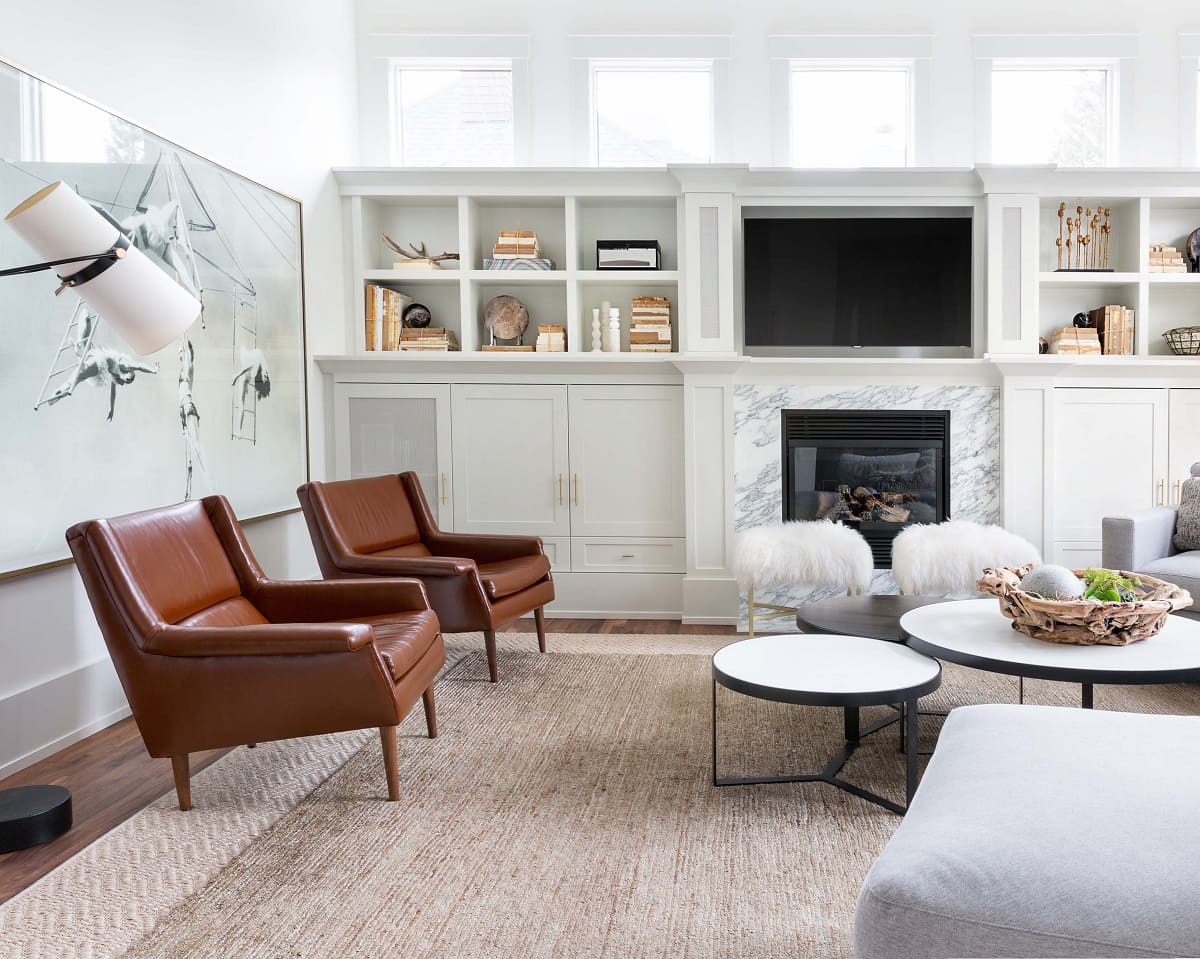

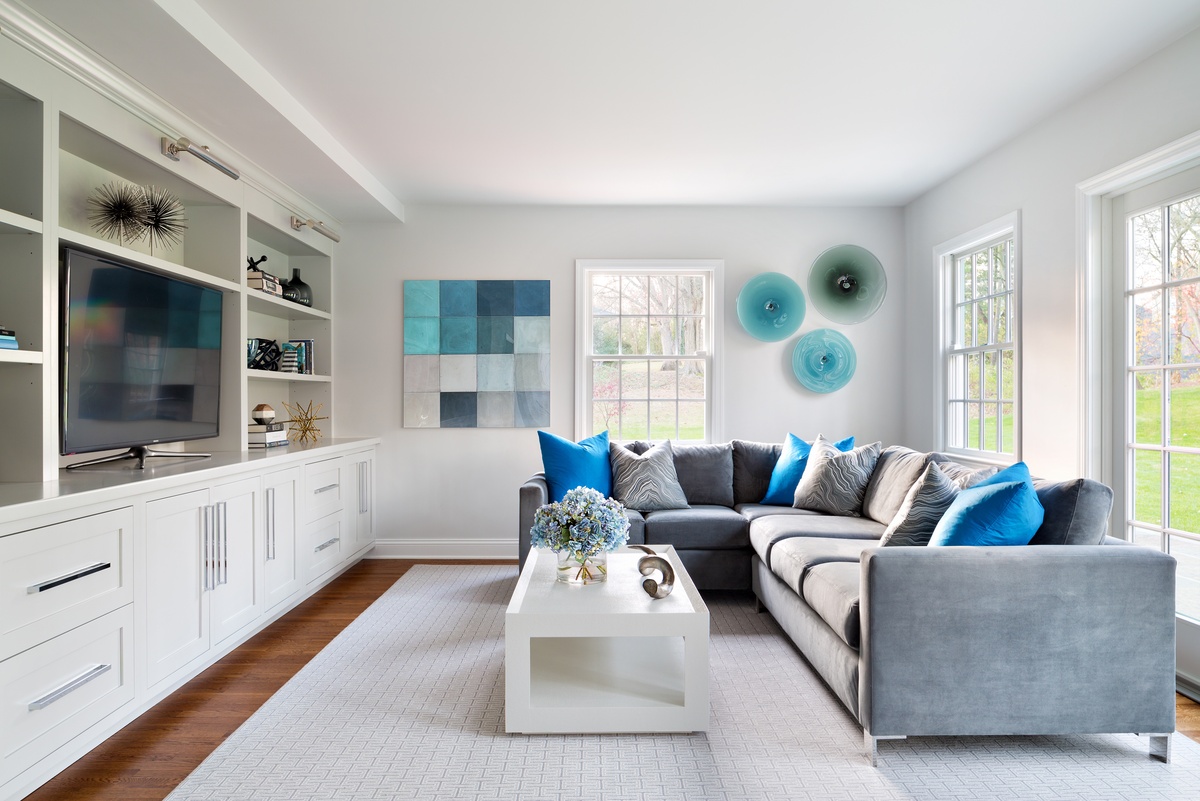
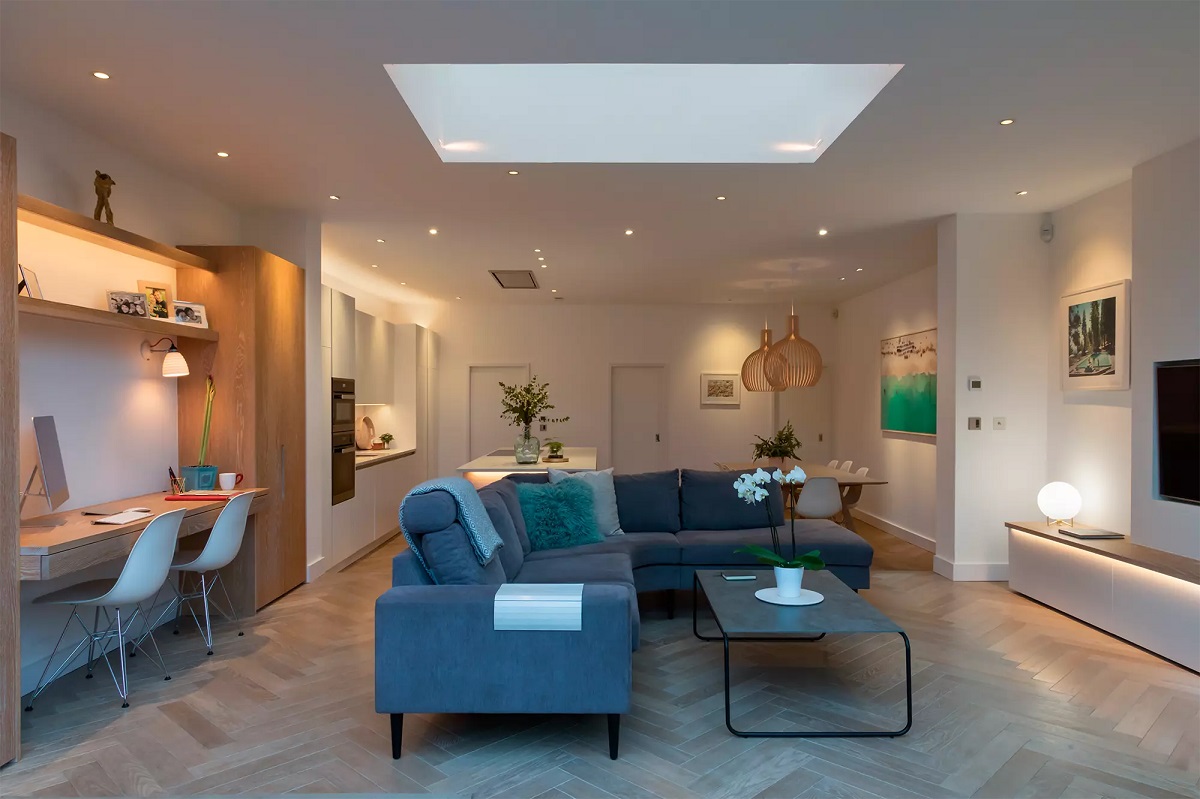
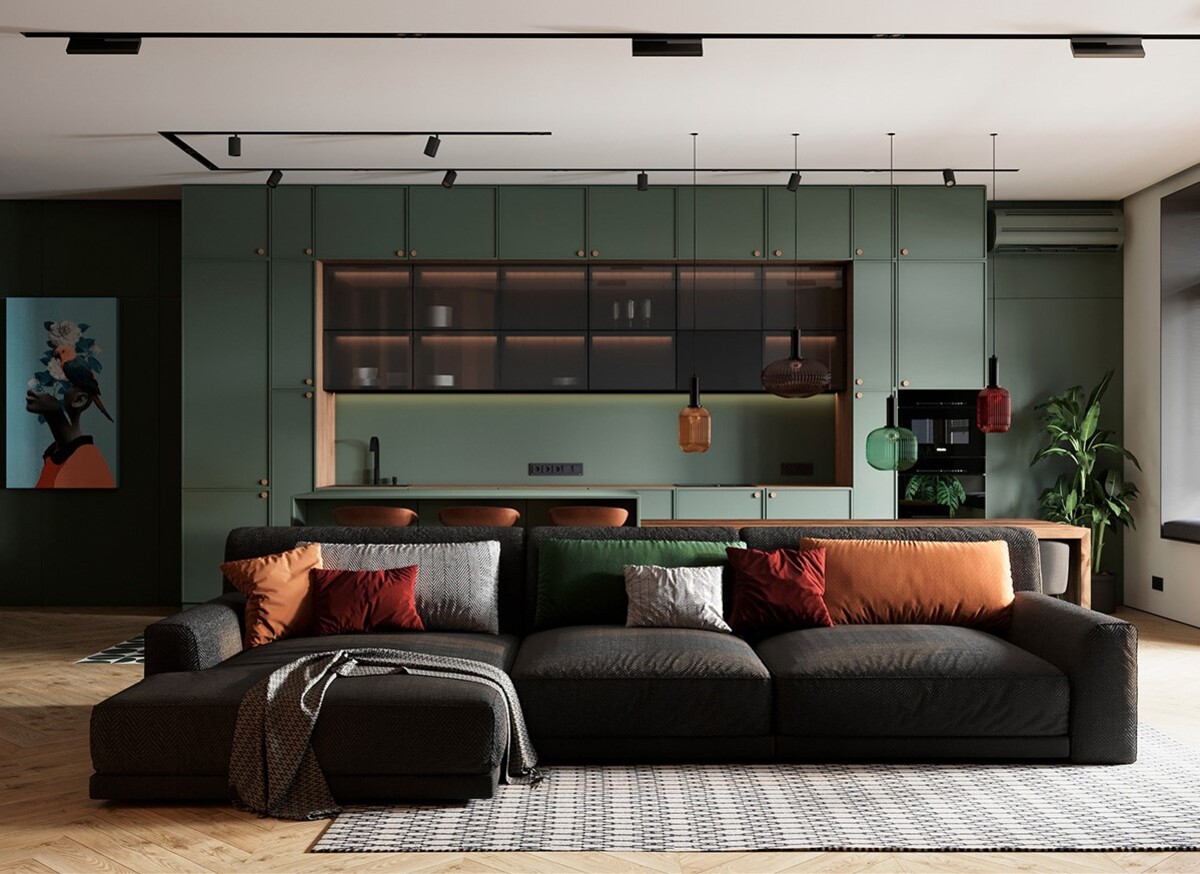


0 thoughts on “Family Living Room Ideas: 10 Tips For A Kid-friendly Space”